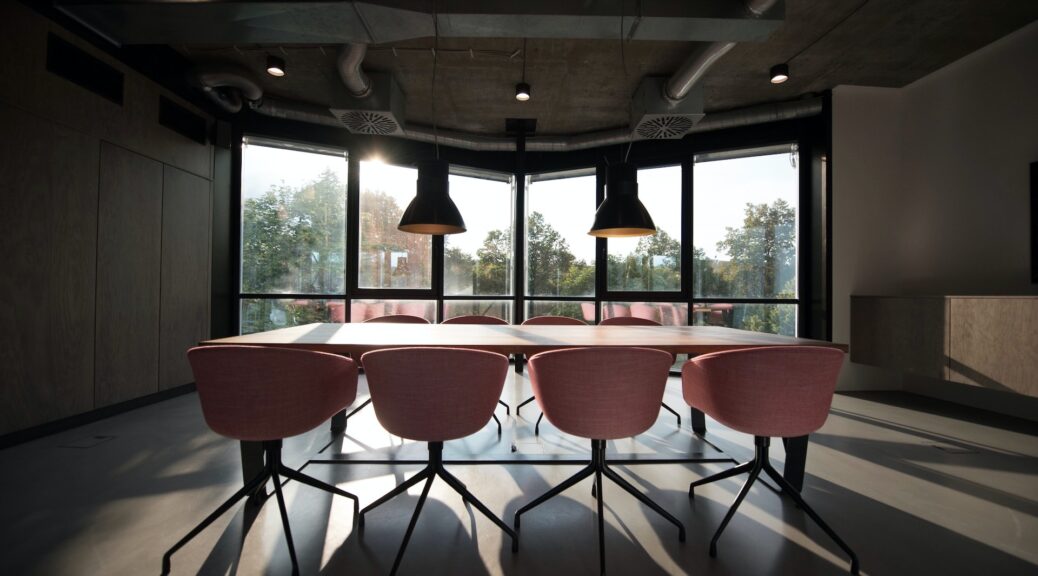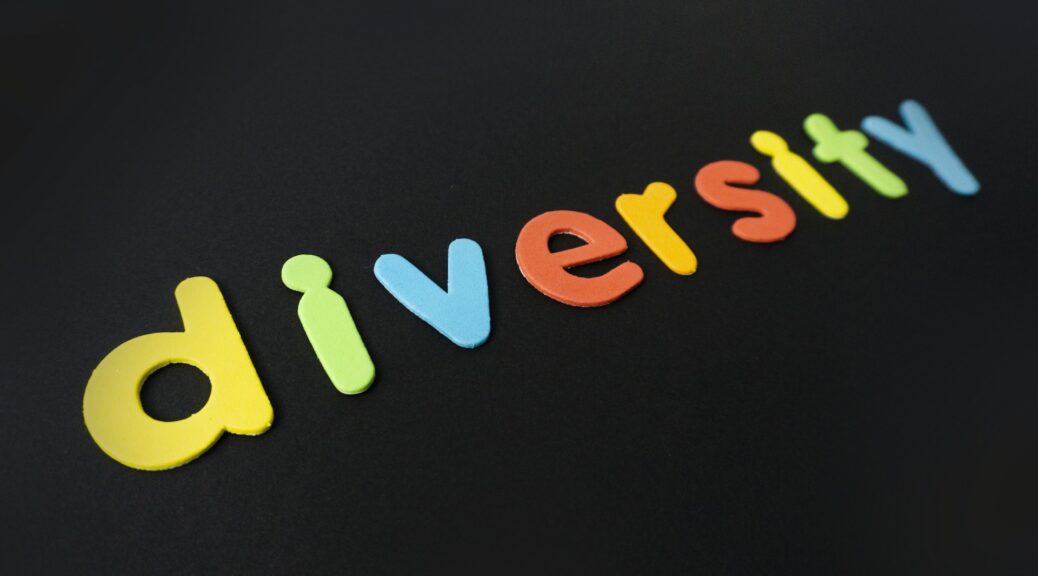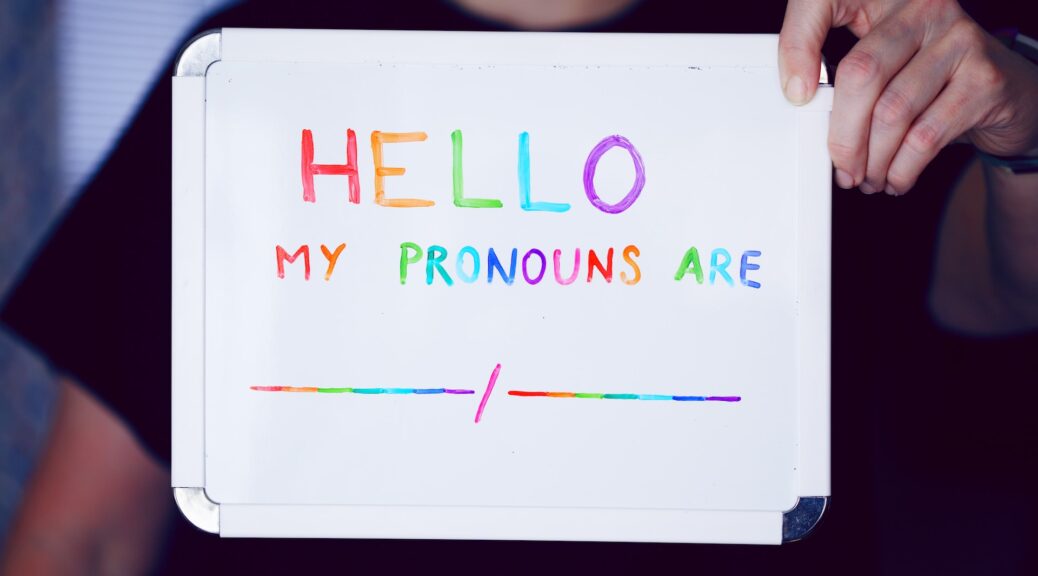My Story of Self-Acceptance
Growing Up
I have always known there was something different about me ever since I was a little girl. After I was born, it took me a while to do things babies did normally at an early age without trouble. I didn’t start walking until I was eighteen months old and talking until I was two and a half years. I was later diagnosed with Attention Deficit Hyperactive Disorder or ADHD. Because my skills developed a little later, my parents decided to enroll me in speech therapy. At age 7, I was having problems with my fine motor skills, and I was given a grasping tool to build strength in my fingers. At this age, I started taking exams in school, and that’s when we learned I had anxiety, specifically test anxiety.
The tools I was given by adults were designed to help me be a successful child, but they also contributed to me being bullied. Until the age of 10, I had one friend who I always thought I could rely on and hang out with. Later, I learned she was deceiving me and going behind my back so she wouldn’t be excluded by others for hanging out with the “different” kid. Finding the truth out about this person was one of the darkest points in my life as I didn’t have anyone in my class who liked the “different” kid. I was excluded by my classmates and forced to hang out with those younger than me. In fourth grade, I was also struggling to keep up with my academics. As a result, my parents made the decision to hold me back a year, which led me down a brighter path, for the moment.
Middle School Mishaps
I finally felt as if I wasn’t alone and that my peers didn’t see me as anyone “different”, but then the dreaded middle school came along. Gone were most of my friends from my elementary school, but at least, I had my best friend (or so I thought). She left me since transitioning to middle school came the potential for new friends but also new demons to face. Most middle schoolers I knew started wanting a romantic relationship or to be popular. What I didn’t realize when this started was that the bullies I faced not only picked out my “differences” but also targeted my gender.
Unfortunately for me, one of my elementary school bullies went to the same middle school as I did, so the bullying continued. There were several instances where he would pick on me in front of the whole class and often encourage other boys in the class to do the same. I often wondered if he would have acted this way if I had been a boy, or was I an easy target, just a girl? I ended up going to the Dean of Students so I and others with disabilities could be comfortable. I thought being proactive and advocating for myself would stop the bullying, but ninth grade rolled around. I was wrong.
High School Hurdles
During ninth grade, one of the bullies I was facing decided to not only pick on my “different abilities” but my gender as well. He had seen the differences in the way my brain operated and used them to target my feminine identity. My identity was like a bullseye on my back, and before my English class each day, he started criticizing me for things out of my control. He started saying things such as I would never be loved because I was so ugly. On one occasion, to prevent more embarrassment, I ran into the bathroom until the teacher made it to class. One of the brightest lights to come out of this dark moment was that I had gained a friend for life, a bystander who decided to take action. She came and found me and comforted, supported, and defended me. In all my years of feeling alone and being bullied for being “different,” no one had ever been willing to stand beside me. I will never be able to repay my friend for what she did for me on one of the darkest, scariest days of my life. Thankfully, I gained a real best friend that day, and her friendship continues to be one of the most important to me. Looking back now, it is much easier to see that this boy not only targeted me because I was “different” but also because I was a girl who he thought wouldn’t fight back.
After that instance, I didn’t suffer as much bullying and other hardships as I had in the past. Also, during my first year of high school, I was placed in the ‘learning center’ to get support for assignments. This place became one of my safe places with teachers who understood the difficulties I had which was great. As a kid, I also loved to play volleyball and was good at it. When I started high school, however, I felt like I was again being judged by the coaches and other players for being “different”. After playing one year on my freshman volleyball team, I wanted to play again during my sophomore year on the junior varsity team. Instead of being put on the junior varsity team with girls whom I played with the year before, the coach offered to let me have a spot back on the freshman team which was humiliating. This event enraged me and my parents because I had been singled out and asked to go through a try-out when every other player in the same situation wasn’t.
Reaching Total Acceptance
This was also the year I joined a great group of girls like me called Aspergirls, a group for girls on the Autism Spectrum. Growing up, my parents and I knew I suffered from something else besides ADHD, and Autism was it. Despite being told I wasn’t autistic, I was officially diagnosed three years later with Autism Spectrum Disorder Type 1. My diagnosis was the turning point in my journey of acceptance as I realized there were people like me and that I wasn’t that “different”. The two women who ran the Aspergirls program also ran a program called Mosaic at the University of Tennessee at Chattanooga. After I joined Aspergirls and had such positive experiences, I knew I wanted to be at UTC in this program. Finally, after years of wanting to be accepted by those around me, I was surrounded by people who are like me but also by people who accept me.
Safe spaces were always important for me to find, and while growing up there were two, one was my basement, and another was the learning center. In 2018, I found another safe space that I hope I will never leave. That year, my mom wanted me to get a summer job, and she loved shopping at the grocery store Publix. One day when she was shopping, she met the assistant manager who went to my high school. This led to me getting an interview and a job there. I have never felt so accepted by strangers in my life. No one who I’ve worked with has judged me for my disabilities, and Publix, as a company, strived to be a place that values diversity. This job quickly developed into another safe space for me. Likewise, another important safe space for me was the Mosaic space at the University center. Finding a safe space is one of the keys to self-acceptance.
Advice for Reaching Self-Acceptance
If you have a disability, mental or physical, and are struggling to accept it, here’s my advice: find a safe space for you to be your authentic self. Safe spaces are one of the keys to my self-acceptance journey, as they are places where I can be myself without my disabilities holding me back. Also, building a circle of trust is crucial for self-acceptance. Finding those around you who you know you can trust to not judge your disabilities is crucial. If you have been bullied for your “differences,” don’t let what the bullies have said about you hold you back. If someone is bullying you, it is because they have something about themselves, they reject; possibly they see it in you, and try to exploit it. Finally, don’t see your disability(s) as being different from everyone else in this world. Likely, there are thousands or even millions of people in the world with the same disability as you. See your disability as your different ability or superpower, and don’t let anyone take or change that.




